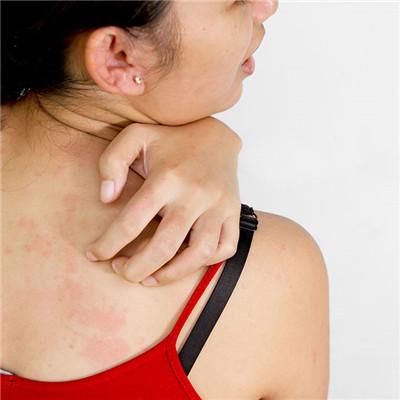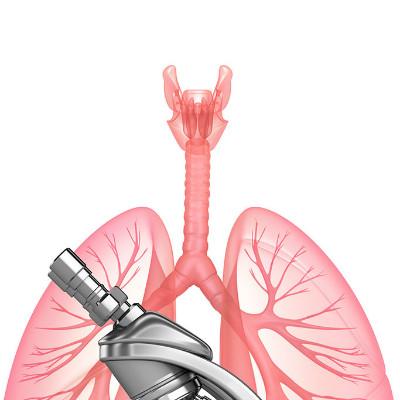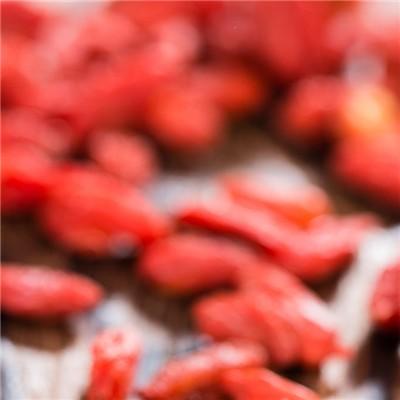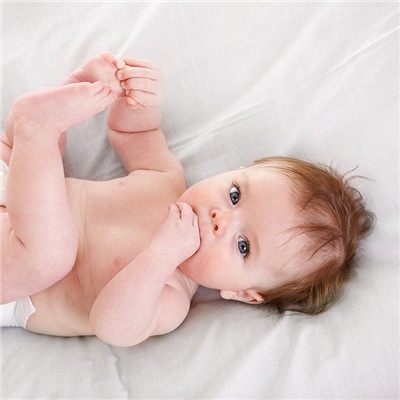Symptoms of congenital pigmented nevus
summary
Congenital pigmented nevus is a kind of pigmented nevus that occurs at birth. With the growth of the baby, the surface of the skin lesions can fold into verrucous black patches and hairy. Congenital nevus is a kind of pigmented nevus, but it is more prone to canceration than acquired nevus, and the shape is slightly different. Congenital nevus with a diameter of more than 10 cm is called congenital giant nevus. The probability of malignant transformation of congenital giant nevus is 10%. A small number of congenital nevus patients also have a disease called intracranial melanocytosis. Congenital nevus is not only large in area, but also deep in invasion site. Some of them even penetrate the epidermis and dermis and reach subcutaneous adipose tissue.
Symptoms of congenital pigmented nevus
The clinical manifestations were dark brown plaque, slightly raised, irregular surface, with small papillary processes. The size ranges from a few centimeters to the whole back, scalp, neck or limbs.

The boundaries are clear. In the early stage, it had black coarse hair and strange appearance. This kind of nevus can be called animal skin nevus. As the baby grows up, the surface of the skin lesions can fold into warts, more thick black, hairy. This kind of nevus, such as in the spine, can be combined with spina bifida; When it is located in the limb, the deep tissue can proliferate or atrophy. Some nevus with vascular nevus, lipoma or neurofibroma.

(1) Nevus cells are located in the superficial dermis and may invade the junction of epidermis and dermis, or in the superficial and deep dermis( 2) The nevus cells infiltrated hair follicles and their surroundings, sweat glands and their ducts, sebaceous glands, vascular walls and nerve fascicles( 3) There were single or double lines of nevus cells between the collagen fiber bundles.

matters needing attention
1. Coffee spot: the number of melanocytes in basal layer is normal or slightly increased, and the pigment in basal layer is increased. 2. Pigmented mucoepidermoid nevus: pigmented basal layer, melanophagocytes and a few melanocytes can be seen in the superficial dermis. 3. Nevus of Ota: there are scattered dendritic melanocytes between the collagen fiber bundles in the middle of dermis.
















